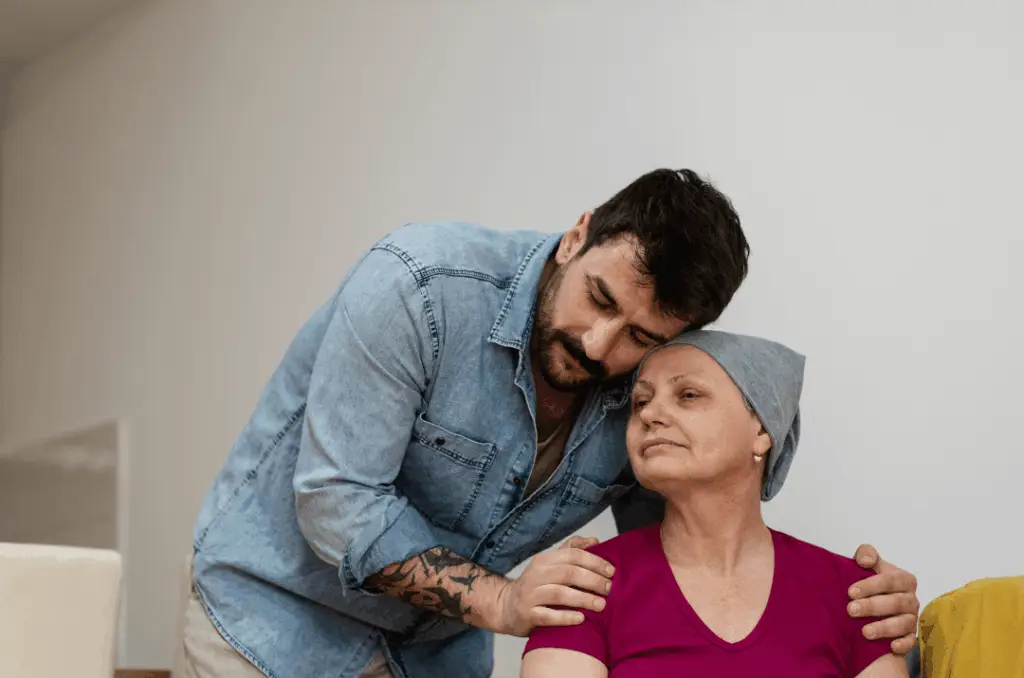
We are pleased to share that Dr. Diane Simeone, Chief...










Join our mailing list for the latest news and events. We assure you that we will not send unnecessary emails.
(914) 263-7968
info@precedefoundation.org
Debbie Brandel
PO Box 207
Red Hook, NY 12571

October 28, 2025 | 6pm-10pm | Tribeca Rooftop
Your donation directly supports this groundbreaking work, including the infrastructure, scientific collaborations, and patient-focused efforts that are accelerating early detection tools with the potential to raise survival rates from 13% to 50%.